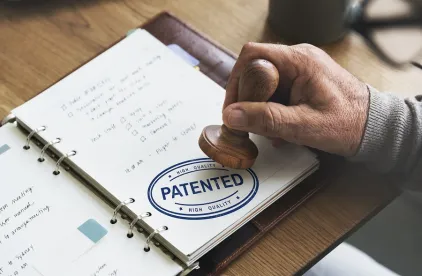According to news reports from Chinese central government news services Xinhua and CCTV, the China National Intellectual Property Administration (CNIPA) held an administrative guidance meeting with 14 provincial intellectual property offices on May 28, 2021. The meeting focused on further regulating irregular patent application activity. At the meeting, CNIPA disclosed that a high proportion of irregular applications filed this year were filed through more than 1,400 Chinese patent firms (there were3,253 Chinese patent firms at the end of 2020, indicating a 43% of all firms were involved in irregular applications).
According to CNIPA,
Irregular patent applications and their agency activities that are not aimed at protecting innovation, disrupt administrative order, harm public interests, hinder enterprise innovation, waste public resources, and undermine the patent system, and must be resolutely curbed.
The meeting concluded with requiring the provincial intellectual property offices to follow up and inspect the rectification progress of relevant patent firms in accordance with the relevant requirements of the “Blue Sky” special rectification action. If a large number of such patent applications are found after the rectification period, the relevant firms will be severely punished in accordance with the law. For example, a previous punishment included a fine for a Shanghai firm that filed 26 irregular design patent applications.
Article 2 of the Measures Regarding the Regulation of Patent Applications (关于规范申请专利行为的办法) defines the following behaviors as abnormal or irregular:
(1) Simultaneously or successively submitting multiple patent applications that are obviously the same in invention-creation content, or are essentially formed by simple combinations of different invention-creation features or elements;
(2) The submitted patent application contains fabricated, forged or altered inventions and creations, experimental data or technical effects, or plagiarism, simple replacement, patchwork of existing technology or existing designs, etc.;
(3) The invention-creation of the submitted patent application is obviously inconsistent with the actual research and development capabilities and resource conditions of the applicant and inventor;
(4) The invention-creation content of multiple patent applications submitted is mainly generated randomly by computer programs or other technologies;
(5) The invention-creation of the submitted patent application is an invention deliberately formed for the purpose of circumventing patentability examination, which is obviously inconsistent with technical improvement or design common sense, or has no actual protection value, is inferior, piles up, or unnecessarily limits the scope of protection Creation, or content without any search and review significance;
(6) In order to evade the supervision measures against irregular patent applications, multiple patent applications that are substantially related to a specific entity, individual or address are scattered, submitted sequentially or in different places;
(7) Not buying or reselling patent application rights or patent rights for the implementation of patented technologies, designs or other legitimate purposes, or falsely altering inventors or designers;
(8) Patent agencies, patent agents, or other institutions or individuals, acting as agents, inducing, instigating, helping others, or conspiring with them to implement various types of irregular patent applications;
(9) Other irregular patent applications and related behaviors that violate the principle of good faith and disrupt the normal order of patent work.
This meeting is another example of the intense focus that CNIPA has placed on cracking down on irregular patent applications as China transitions from quantity to quality.



 />i
/>i

